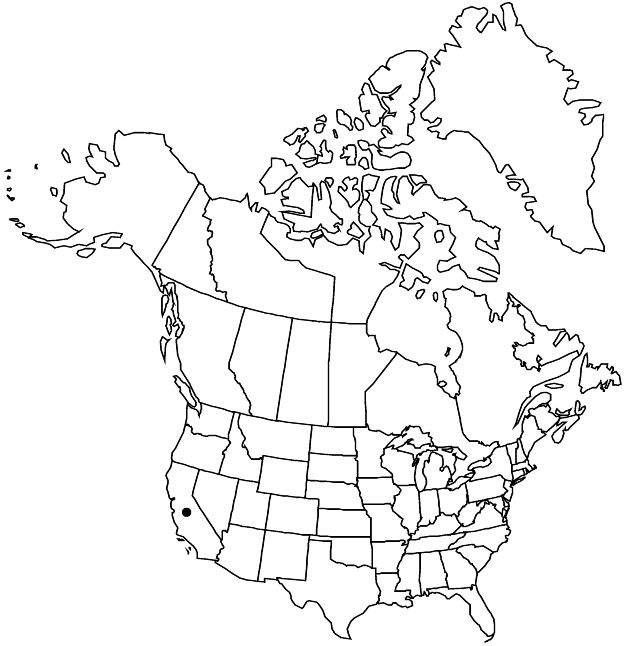Difference between revisions of "Drymocallis pseudorupestris var. crumiana"
J. Bot. Res. Inst. Texas 1: 39, figs. 1G–L. 2007.
FNA>Volume Importer |
FNA>Volume Importer |
Revision as of 20:37, 24 September 2019
Stems (0.3–)0.8–2(–2.5) dm, base 1–2 mm diam., short hairs absent or sparse. Basal leaves (2–)3–9(–15) cm, not to sparsely short-hairy, sparsely to moderately subsessile golden glandular, rigidly bristly (bristles 0.5–1 mm); leaflet pairs 3–4(–5); terminal leaflet broadly obovate to flabellate, 0.2–1.2(–2) × 0.5–1.5 cm, teeth ± single, 2–5 per side. Pedicels 5–12 (proximal to 20) mm, bristly, short hairs absent or sparse. Flowers 2–8; hypanthia and sepals prominently bristly, bristles 1–1.5 mm; epicalyx bractlets elliptic-ovate to lanceolate, 2–3.5(–4) × 1–2 mm; sepals 4–6(–7) mm; petals not or scarcely overlapping, often red-tinged, narrowly to broadly obovate, 5–7(–9) × 3–5 mm; filaments 1.5–2(–3) mm; styles usually dark red, rarely golden brown.
Phenology: Flowering Jul–Aug.
Habitat: Rocky slopes, talus, and ledges, on metamorphic, granitic, and volcanic substrates
Elevation: 3200–3900 m
Discussion
The red-tinged petals of var. crumiana, initially noted by E. Crum (as summarized by B. Ertter 2007), are not reliably diagnostic; however, the distinctive leaflet aspect is not found elsewhere in Drymocallis, though approaching D. fissa in Colorado. The vestiture includes prominent golden glands and conspicuous bristles that are rarely found in other North American Drymocallis, and the stigmas are commonly (though not consistently) dark reddish, not the more common pale golden brown. The variety occurs in the southern Sierra Nevada in Fresno, Inyo, and Tulare counties, and in the White Mountains of Mono County.
Selected References
None.
